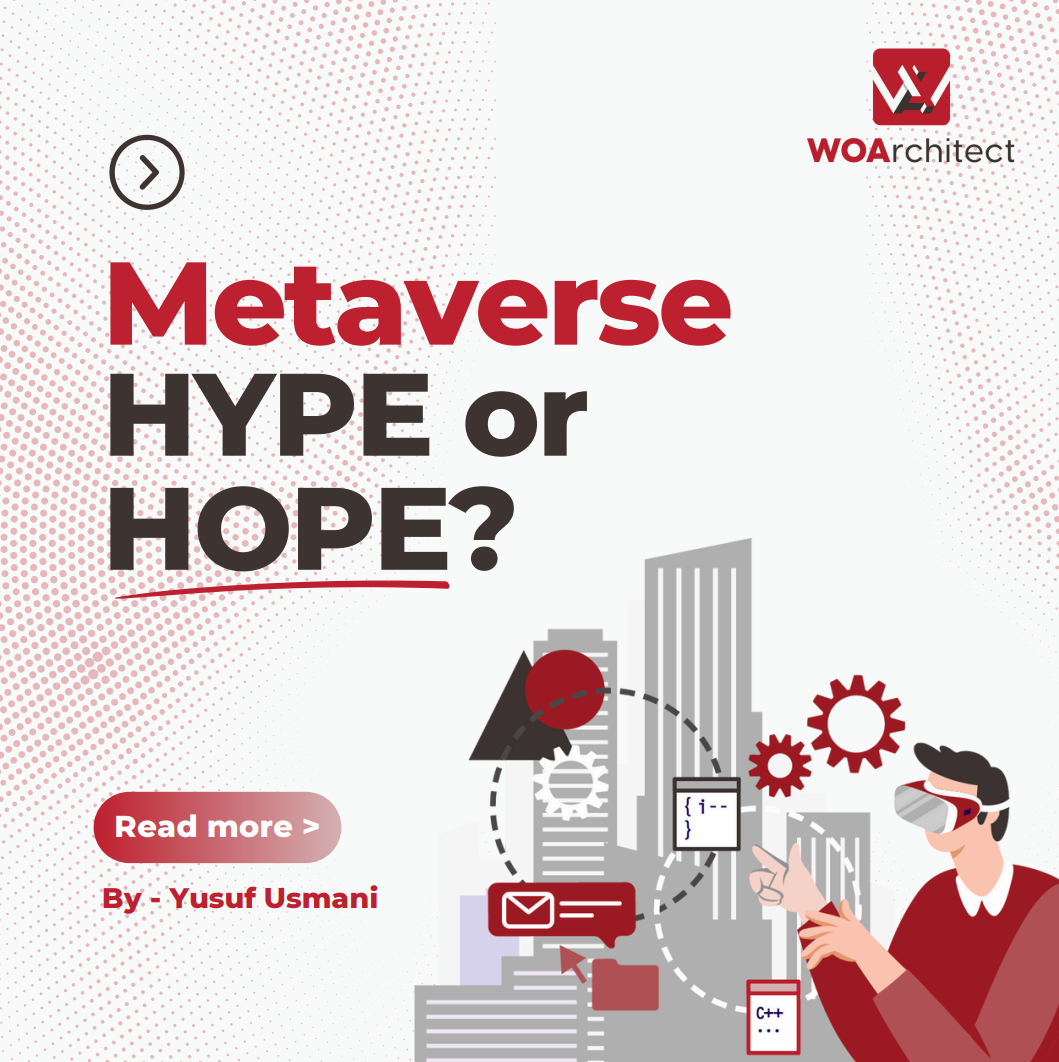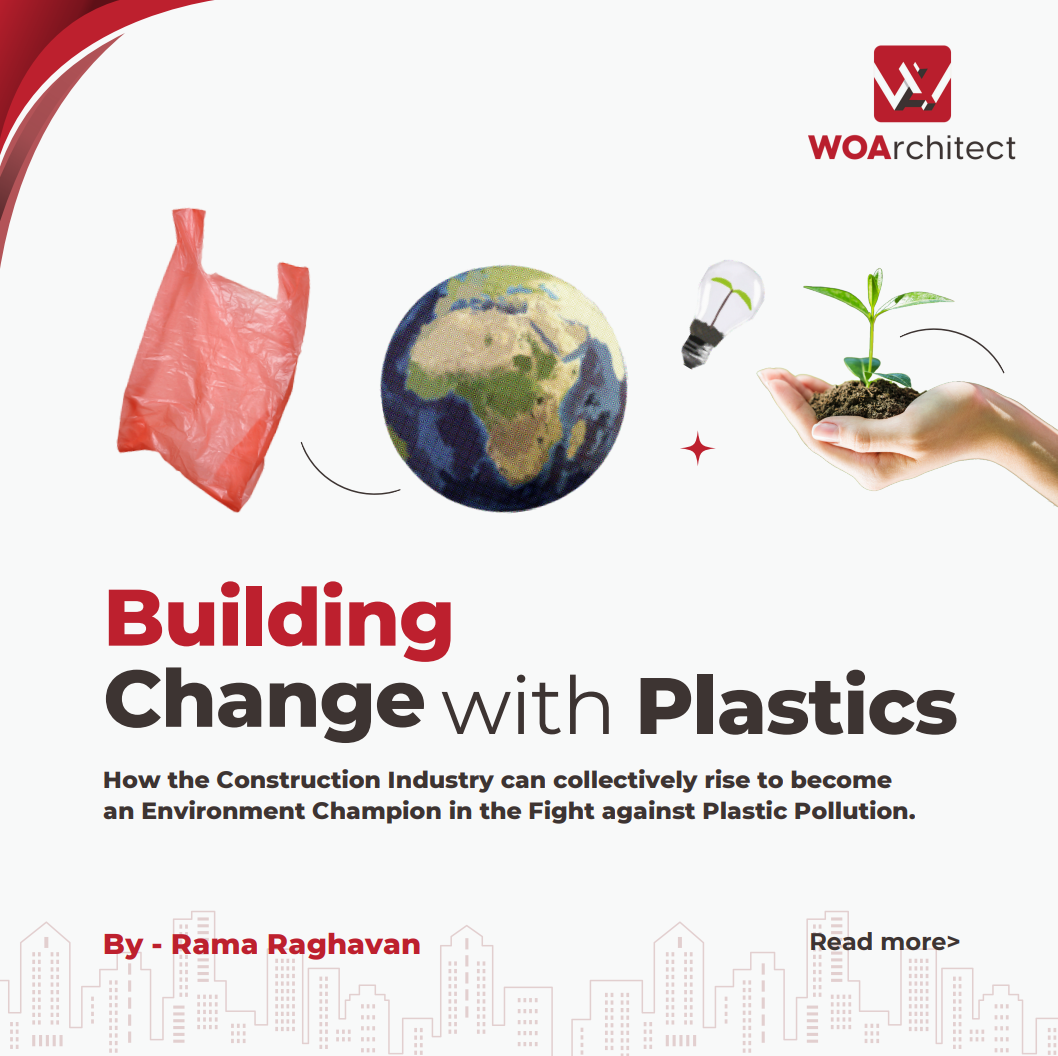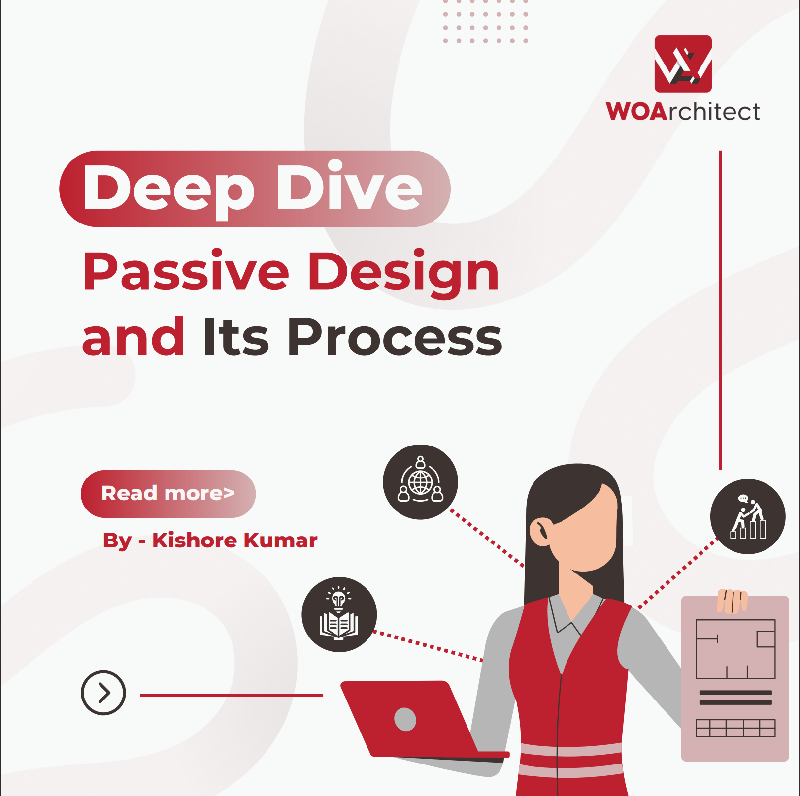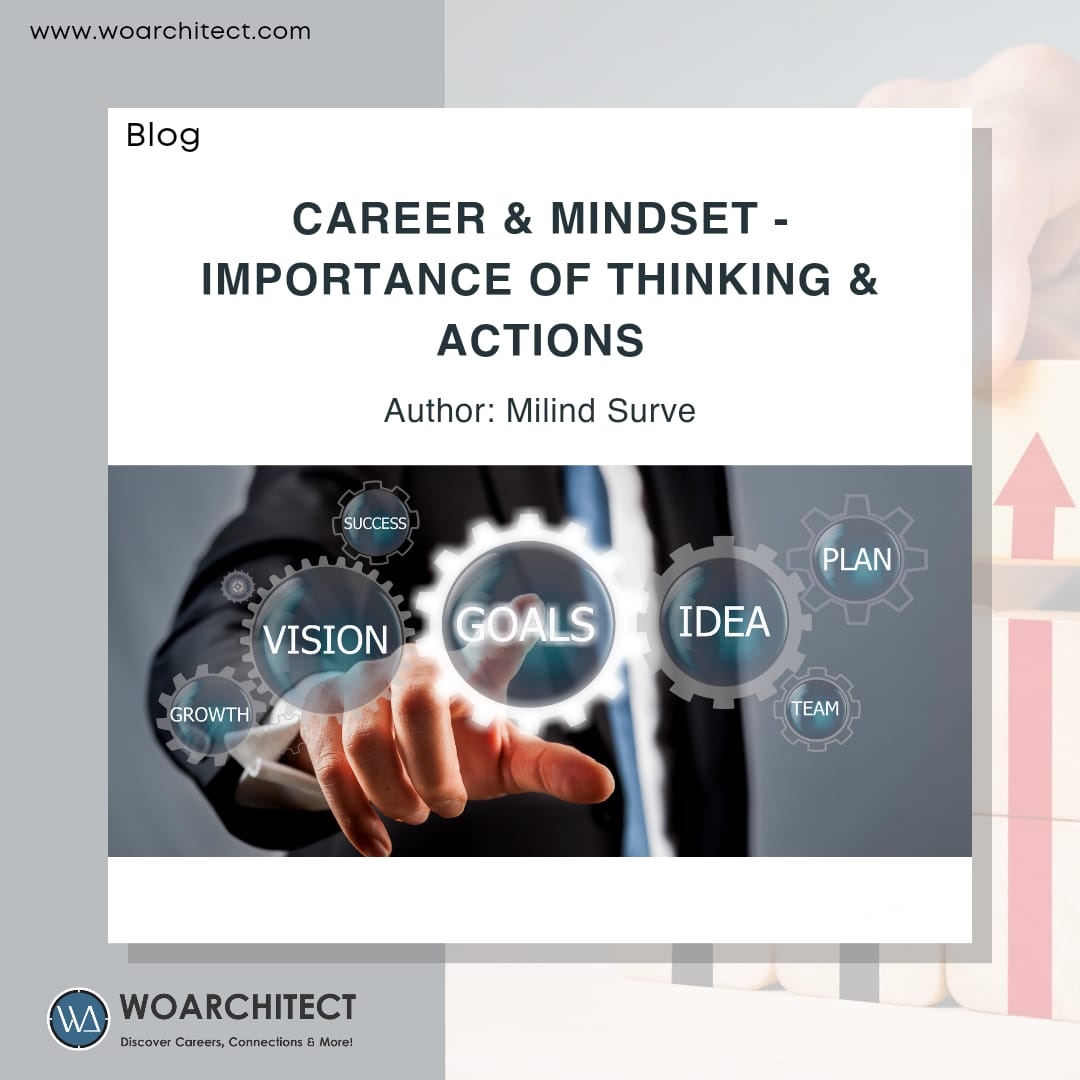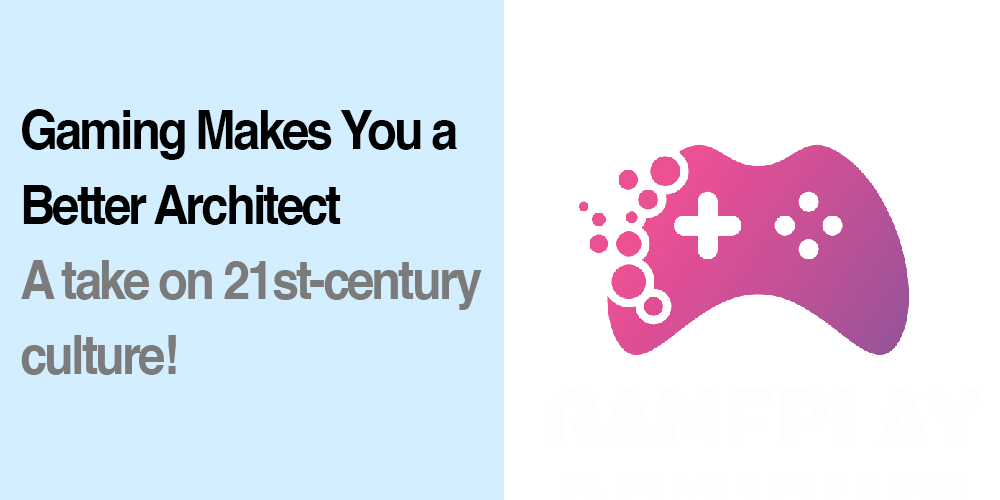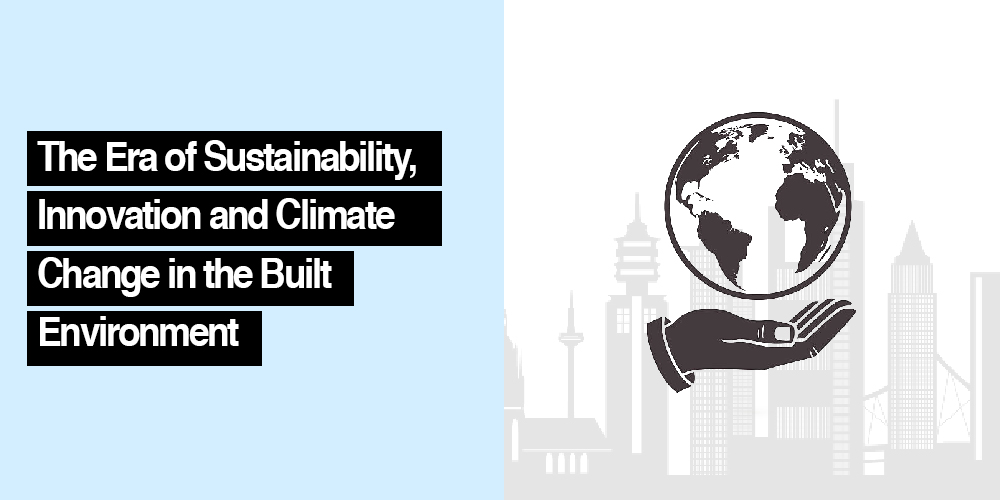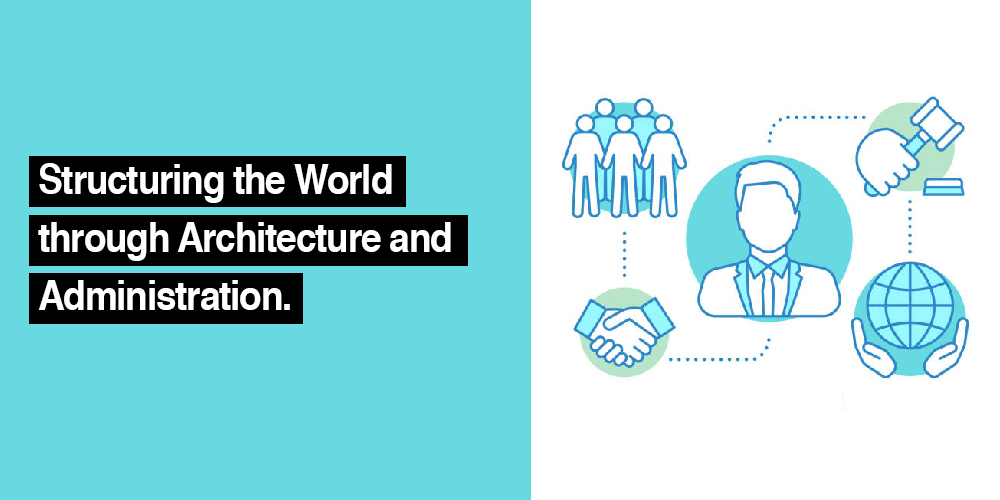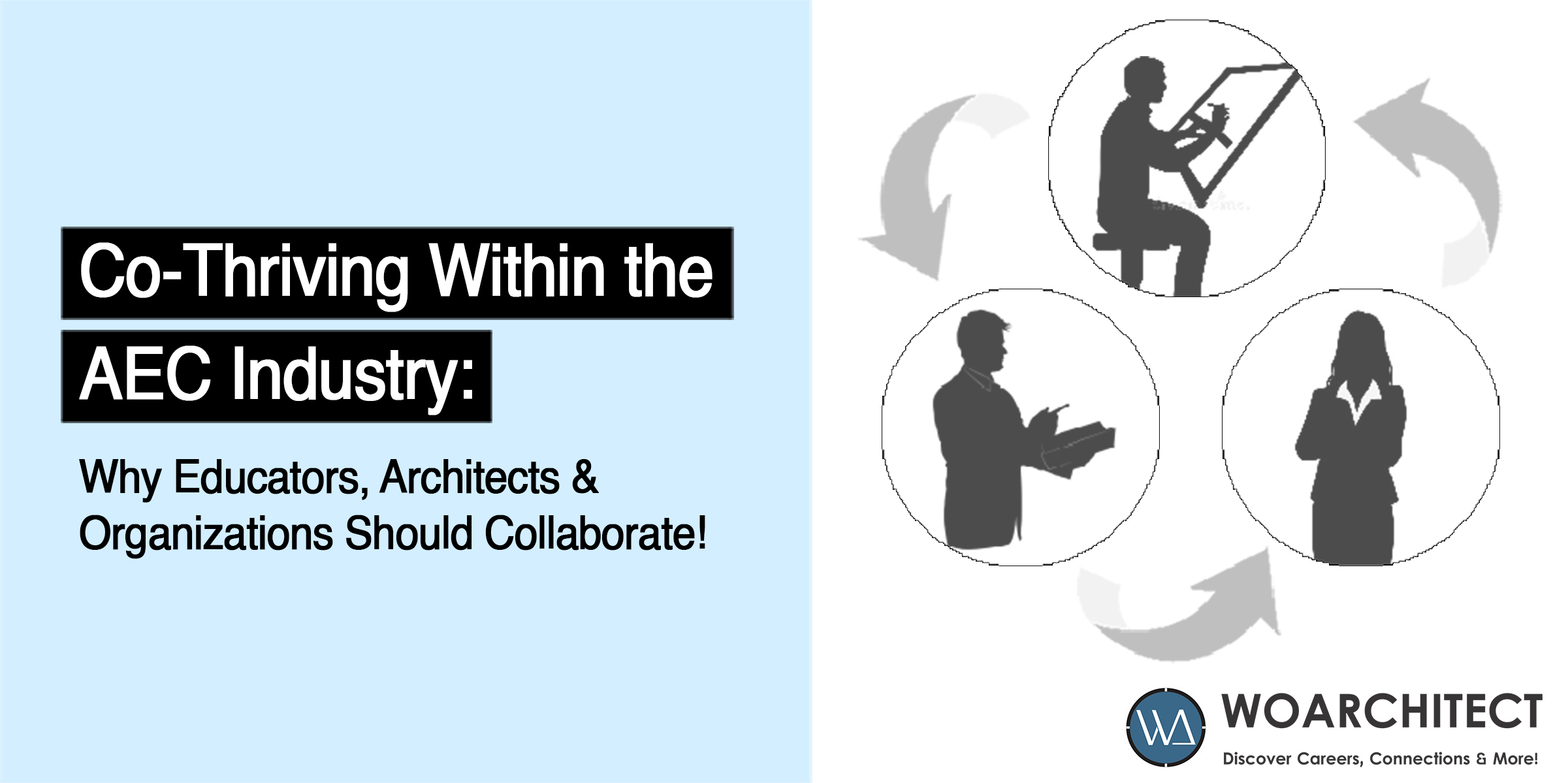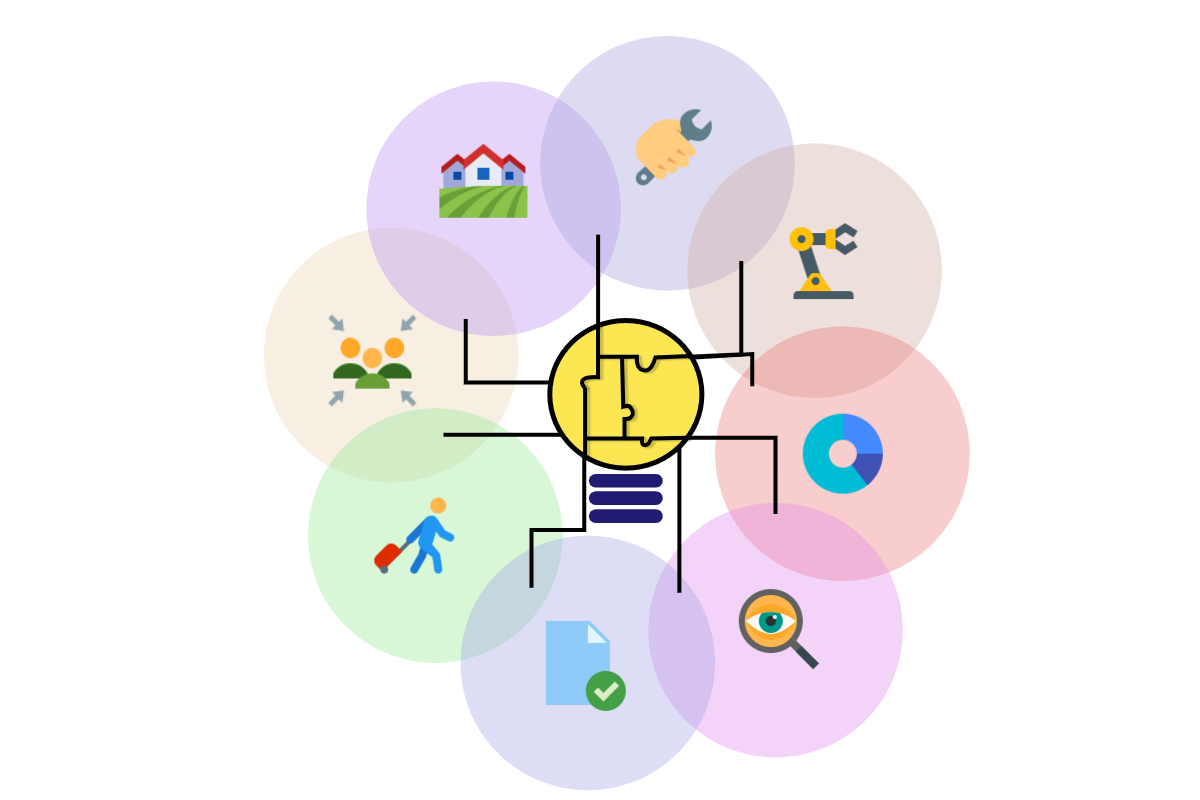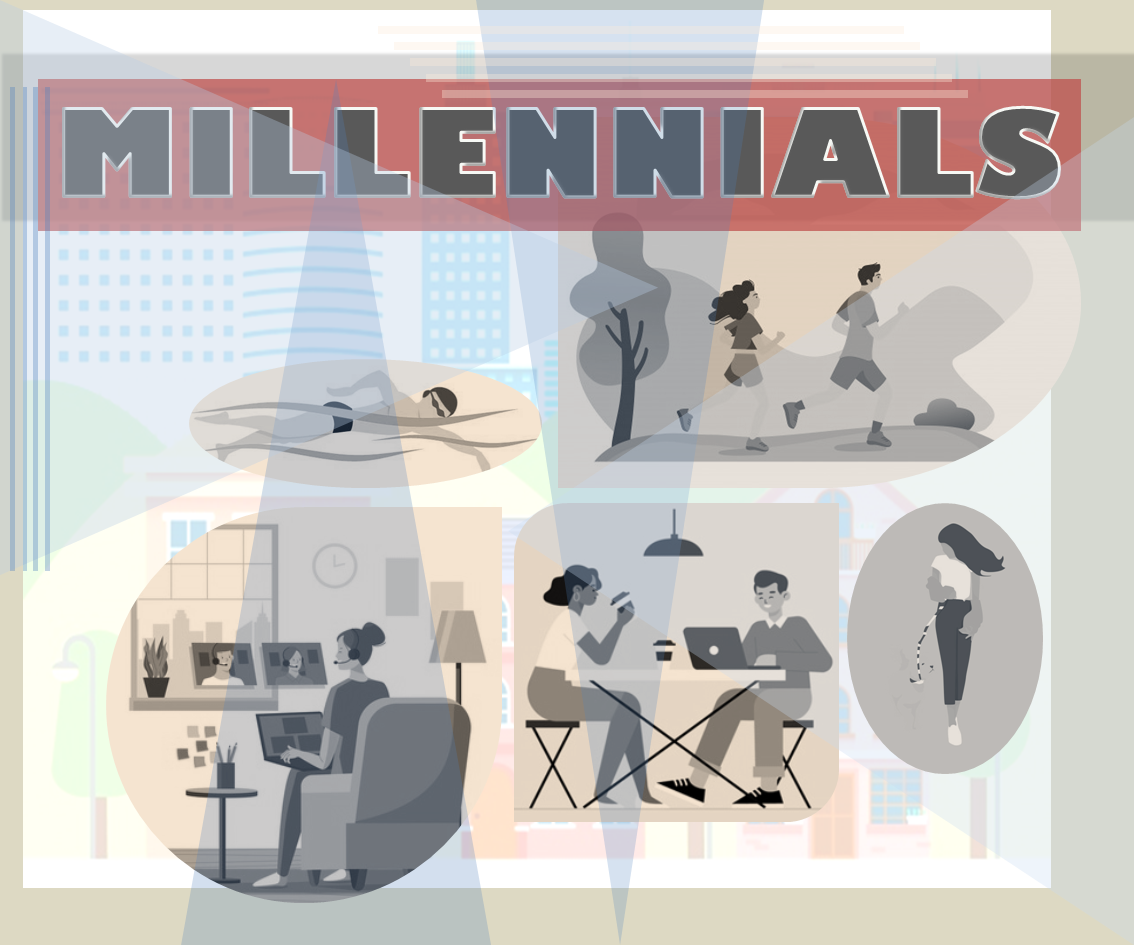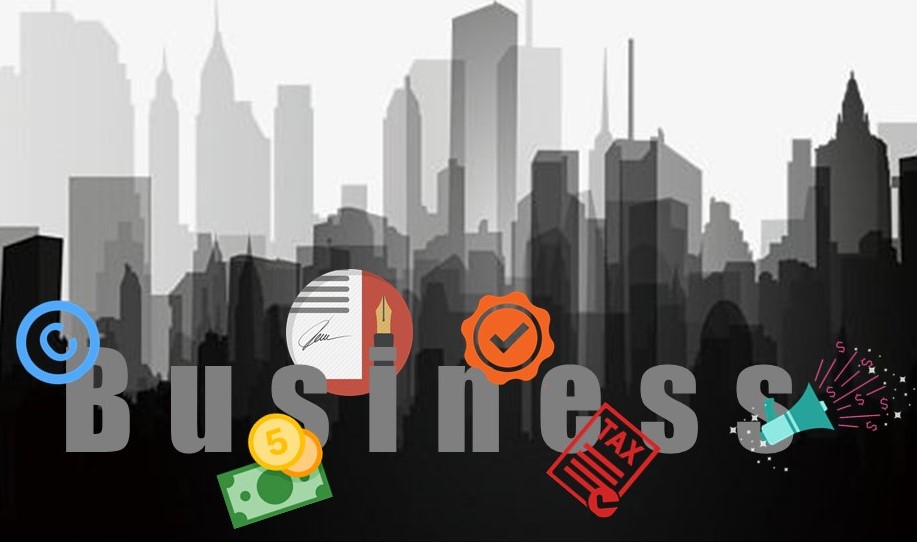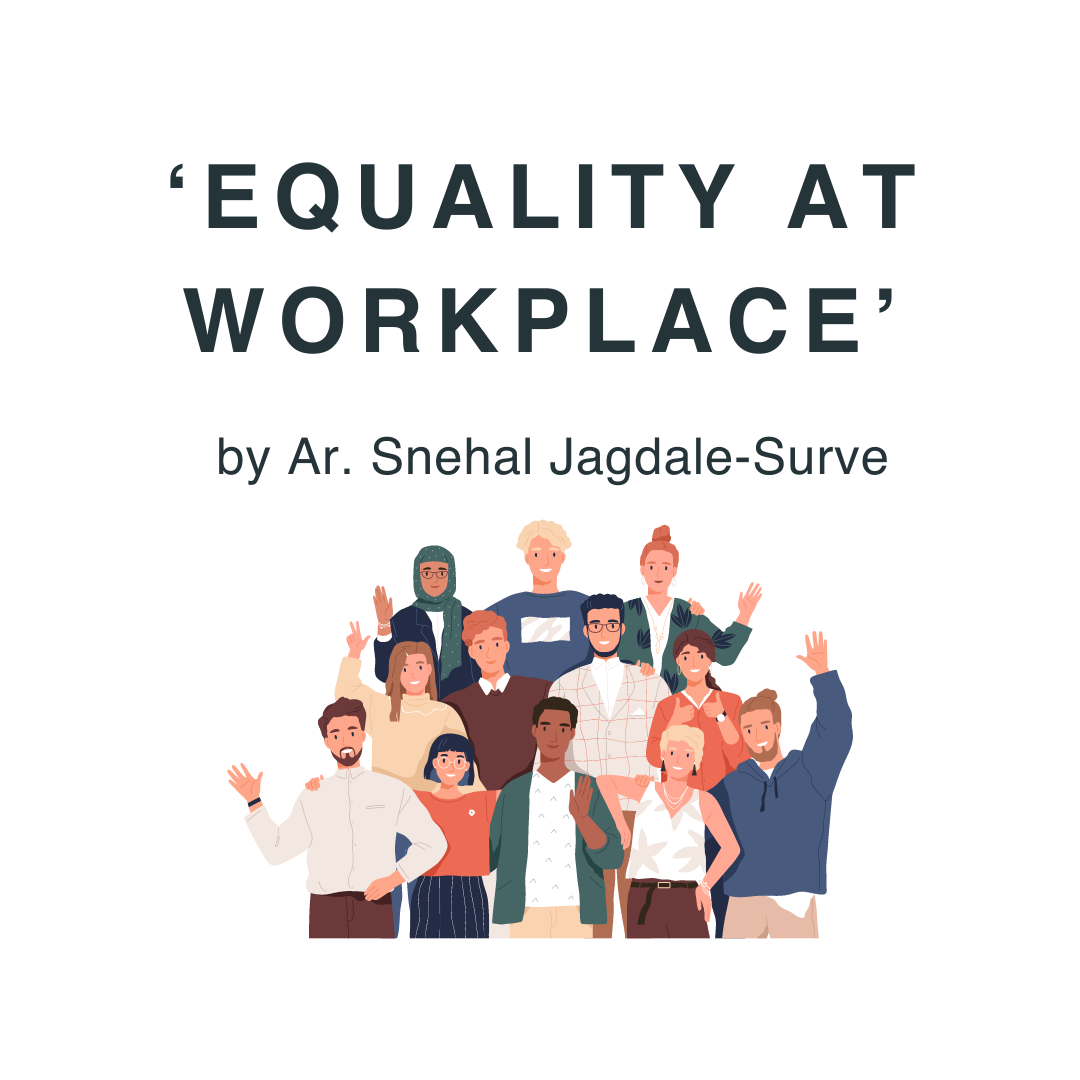
Equality at workplace
For more than two decades, I worked as a practicing architect and urban planner in various settings from a start-up to mid-size firms, corporate office, to teaching in a professional college, and starting my own firm as Co-Founder. I have often encountered the term ‘equality’ in various contexts, and always wondered if the word is truly understood in professional settings and more importantly, if it is being practiced in its true essence.
Article 16 of the Indian Constitution states, ‘Equality of opportunity for all citizens in matter related to employment or appointment to any office under the State.’ (Government of India, 26th Nov 2021(Hundred and fifth Amendment) ). ‘Right to Equality’ is a fundamental right as per Indian Constitution and it very well forms the part of human resource policies of several organizations. As I understand, ‘Equality in professional world’ means to gain recognition, compensation and growth as per individual’s potential and efforts. It must be based on one’s own abilities rather than any other predetermined aspects which are beyond individual’s control such as socio-economic background, religion, caste, gender etc. Being a visual thinker; to me, the word ‘equal’ is a simple mathematical symbol “=” with, two parallel lines, exactly same but separated, never crossing paths yet together; and respecting each-other’s space. No line, out of the two, can be removed or else it becomes a negative; which completely changes its representation. This is how simple it is in principle. ‘Equality’ as a word is always in vogue and is used in variety of professional context. As simple as it sounds, the more complex it is to imbibe and implement.
In professional context, the word ‘equal’ pairs with words like rights, opportunities, responsibilities, respect, pay, and so on. Suddenly, it is not so simple anymore; it becomes a nuanced and complex topic. We as individuals are first part of a larger society or culture and then a professional. In professional realm, ideally, a person’s identity should be determined through their education, experience and skills whereas, most times in a social context a person’s identity is based on various intertwined aspects such as region, country, economic background, race, caste, religion, sexual orientation, gender etc. A lot of times, we carry our social mindset and related impressions with us which shape us from our formative years. This mindset follows us into our professional realms as well. We get caught into two different worlds of professional conduct and social makeup, which not necessarily align with each other. Hence, it becomes difficult and could be complicated to bring in ‘Equality in Workplace’ in personal behaviour.
Plethora of research, essays, policies, and rules are available about workplace equality to curb discrimination, unfair treatment and marginalisation on the grounds of gender, race, religion, sexual orientation, disability etc. It all sounds appropriate in theory; however, theories many a times do not percolate in practice. Consequently, the question arises, “Do we embody the core principle of equality, when we claim to practice it in our workplace?” Through my observation and experiences, following are some common traits of professional world that could hinder equality in workplace. Alongside, we will discuss about a few self-improvement steps which will help foster equality in workplace.
Favouritism
It is natural to like an employee/ colleague more than other. The reasons may vary from being like-minded, to similar backgrounds, age groups, genders, past experiences etc. It is acceptable until it remains confined to the social realm but it becomes objectionable once it starts percolating in professional conduct like allocation of important work, pay hikes, giving growth opportunities, sharing knowledge, etc. If you are questioning yourself for practicing favouritism, here are some simple questions for self-evaluation, extracted from research study of Central Michigan University listed by Emily May in her blog (May, 2021):
1. Have you/ would you give certain employee/ colleague more cooperation, support, coaching, resources, praises, perks for same tasks than others?
2. Consider passing important work-related information, likely to take sides in disputes, protect only certain employees/ colleagues but not others in similar situations and actions?
3. Have you/ would you let go or use your formal authority to cover up mistakes, laxity, time waste, absence of certain employees/colleagues but not to others?
If you are struggling or denying answering any of these questions, then there are hints of favouritism which needs rectification. The in-group favouritism is a tendency to treat people in one’s own group preferentially. Examples of such behaviour may be towards people with same ethnic background, speaking the same language, following same religion, from same gender, race etc. (Buyukarslan, 2011)
Self-Checks towards favouritism
As an employee, if you truly wish to implement equality, we must weigh people with measures that emphasizes on professional aspects. The measures can be based on alignment with organizational goals, contribution to team building and holistic betterment of the company rather than personal liking or in-group attribute of an individual.
If you are in a leadership position, it becomes your greater responsibility to disassociate favouritism from effectiveness, for the betterment of the organization as a whole. You have to be on a neutral ground and make decisions with the sole aim of organizational benefit. As per Emily May, “Favouritism at work can jeopardize the trust of employees in their leaders or their teammates, breed resentment, create conflicts and undermine collaboration. If, leaders and employees know the signs of favouritism, they can hold each other mutually accountable and stop the culture of favouritism in its track.” (May, 2021).
Acceptability and acknowledgement of different individuals, views or approaches in work is the key for neutralizing favouritism.
Being Judgemental
As humans, we rely on our past experiences, observations, and knowledge to draw inferences and make judgements. In this process we tend to follow preconceived or traditional notions about people, their personalities and capabilities based on appearances, age, dressing, backgrounds, working methods and behaviour in a situation. Some of the questions we need to ask ourselves are:
1. Do you starkly categories people as good/ bad and have difficulty in accepting/ forgiving other’s failures/ differences?
2. Do you focus more on negative and bad things in a person than good and wish that others hated that person as much as you do?
3. You get irritated and feel threatened by people who look, think, work differently than you?
Self-check towards being Judgemental
“Thinking is difficult, that’s why most people judge.”- Carl Jung
To explain and overcome judgemental behaviours there are two theories in psychology:
Attribution Theory: Attributions are the thoughts we have about others that helps us understand the situation/ context/ circumstances which leads to their behaviour. This helps us understand them at deeper level. (Balasubramanian, 2021)
Projection Theory: When we judge someone for something, we are actually projecting ourselves in them. In other words, we are judging ourselves for the very same thing; we just haven’t fully owned or accepted that trait yet within us (Balasubramanian, 2021). So judging is relative to what we believe, which are our own personality, conditioning and experiences.
The impulsive impressions based on a single incident and a single meeting are dangerous for professionals. As a result, you may have formed a very strong opinion about the person, which could affect future relations, association and opportunities with the person.
The key here is to dive deeper and find confirmation for our first impression. Be open, curious, empathetic, forgiving, accepting and compassionate to others and ourselves (Balasubramanian, 2021). As humans, we evolve as we gain new experiences, face new situations and gain new acquaintances. We must be open to growth. We must challenge our past ideas in new situations. This approach will help employees and leaders in broadening their views, growing as individuals and finally to grow as organization.
Social Stereotypes and biases
Stereotypes are prevalent, persistent and pervasive in society. Our minds can form stereotypes with or without our conscious awareness as per our background, social norms; leading us to form opinions about individuals that may be inaccurate (Edward H. Chang, 2020). Stereotypes leads us to be bias, which is often defined as prejudice or unsupported judgement which may benefit some and harm others. Stereotyping can be amongst genders, caste, race, religion, disability or sexual orientation etc. Gender stereotyping is most common social trait and considering just that, here are few questions for self-evaluation:
1. Which gender should do/does the following at your home or around you: caring for children/elderly, cooking/arrangement of food, doing outdoor works and being breadwinner for family.
2. Which gender can perform these tasks better: leading a team, marketing, financial decision making, volunteer work, travel for work, paperwork and taking notes.
3. Which of the temperament are gender oriented: Being warm, kind, competitive, aggressive, assertive, opinionated and go-getter.
Similar set of questions can be asked to check our bias for other social stereotypes.
Self-check towards being bias due to stereotyping
The stereotyping is what psychologists call our mental shortcuts “heuristics”- and we need them to help our brains navigate the world (Jilani, 2019). So, when you encounter somebody, you record information about the person and generalize them into certain criteria for their ability, nature, responsibility and roles they should play. Our brain makes assumptions based on generally accepted social definitions from the prevalent world around us and our past experiences. Eg: Women takes care and men are leads- classic gender stereotyping. This could lead to assigning women to more administrative office work where as men are given more decisive positions.
As per Dr. Ashita Aggarwal, “to understand stereotyping, it is necessary to pay attention to its triangular nature. A stereotype is closely related to prejudice, which is closely related to discrimination, reinforcing a stereotype. A stereotype is the assignment of an attribute to a group. A prejudice determines whether the attribute is desirable or undesirable, and discrimination is acting based on this prejudice”. Stereotyping or biased behaviour is not confined to only uneducated or to certain class, race or castes and is the most serious threat to practicing equality at work place. (Aggrawal, 2021).
We have to make efforts to consciously look beyond the long-learned stereotypes by acknowledging individuals first and focusing on a person’s personality based on ability, knowledge and skills. Rather than considering them just part of a predefined group, be open to their believes and know them as a person. It is a good idea to interact with people and find out more about them before forming an opinion. An open accepting attitude helps in team work, building strong bonds and achieving bigger collective goals.
Steps on Organizational level:
To truly implement and create equality at organizational level, we require more than policies and company manuals; a proactive initiative, a nurturing environment and change in organizational attitude. A culture that will encourage, educate and foster equality.
Some of the strategies could be:
1. Celebrating Diversity: As an organizational head, if you truly believe in equality, the approach to imbibe equality should be top down. Organization should strive for diversity while hiring and team formations. Organizations should strive to be inclusive, nurturing, and respectful to diverse individuals working with them. Exposure to diversity coupled with respect and inclusive organizational approach, could possibly encourage other individuals to be more accepting and empathetic.
2. Educating about bias: Mostly people are unaware of the adversities of bias and the harm it causes an individual. The first step could be educating about existing bias on day-to-day basis and then also suggesting corrective steps to improve. Eg: Organizing a healthy debate by giving a hypothetical situation closely resembling real life and then discussing about biases and its solutions or alternative approaches. It should lead to educating, creating sensibility, respecting, and acceptance for others. Sensitizing about bias should help foster a more inclusive environment and derive full benefits of diversity for the organization ( (Edward H. Chang, 2020)
3. Identity as individuals: We are less likely to stereotype if we make an effort to understand our employees/ colleagues as individuals. Organizations can provide opportunities to the employees to showcase themselves as individuals through organizational activities. Eg: Team building activities where two random individuals’ team up for a brief interaction, where they talk about a given topic such as their skills, knowledge base, experiences etc. and later relay understanding of their partner to the team. Publicly taking about their partners, while the partner is also present, will mostly be empathetic and humanitarian.
Increasing the knowledge about an individual, makes us feel closer to individual and we are less likely to generically stereotype ( (Edward H. Chang, 2020). This will also help immensely in team building and bonding. An inclusive, empathetic, and humanitarian work environment will not only nurture an individual’s growth but organizational growth as well.
Equality - A two-way street
‘Equality’ is not a one-way street, where we can demand it for ourselves but when we switch sides and come to a power position, we forget to practice and implement it. It is a culture that has to be understood clearly and accepted in full. Practising equality is a self-changing journey; it requires introspection and self-improvement to accept and practice the true principles of equality. Equality should not be compartmentalized for specific issues and agendas such as pay, gender, race, caste etc. It has to be accepted as a matured outlook and practiced in everyday behaviour with self-check and self-corrections. We need to take extra steps, a conscious effort, to think and analyse our actions and decisions. If we want a fair society, in true sense, we have to strive for equality for all. Although a steep target, but let’s start small with ourselves, our homes, and especially within our professional spaces.
Reference:
Aggrawal, D. A. (2021, 09 28). Life: Employee Engagement. Retrieved from People Matters: https://www.peoplematters.in/article/employee-engagement/stereotyping-unconscious-bias-in-organizations-31050
Balasubramanian, V. (2021, 01 03). Readers blog. Retrieved from Times of India: https://timesofindia.indiatimes.com/readersblog/mycosmos/the-real-reason-we-judge-other-people-what-it-says-about-us-28804/
Breindel, A. (2018, 10 31). Health. Retrieved from Bestlife: https://bestlifeonline.com/overly-judgmental-signs/
Buyukarslan, N. E. (2011). The overall outlook of Facoritism in organizations: A litrature Review. International Journal of Business and Management Studies- Vol 3, No 1, ISSN: 1309-8047 (online).
Chamorro-Premuzic, T. (2020, 01 09). Hiring and recruitment. Retrieved from Harvard Business Review: https://hbr.org/2020/01/how-the-best-managers-identify-and-develop-talent
Edward H. Chang, K. L. (2020). Improving Decisions that affect gender equality in the workplace. Organizational Dynamics 49 (2020) 100709, 1-7.
Government of India. (2021, 11 26). Constitution of India: Legislative Department. Retrieved from Legislative Department, Ministry of Law and Justice, Government of India: https://legislative.gov.in/constitution-of-india
Jilani, Z. (2019, August 28). Greater Good Magazine. Retrieved from greatergood.berkeley.edu: https://greatergood.berkeley.edu/article/item/how_to_beat_stereotypes_by_seeing_people_as_individuals
May, E. (2021, May 20). The Everyday Leader's Journal. Retrieved 02 10, 2022, from Niagara Institute: https://www.niagarainstitute.com/blog/signs-of-favoritism-at-work
Oxford Advanced Lerner's Dictionary. (2022, 08 02). Oxford Learner's Dictionaries. Retrieved from www.oxfordlearnersdictionaries.com: https://www.oxfordlearnersdictionaries.com/definition/english/talent?q=talent
Suzanne Gagnon, N. C. (2000). Re-examining workplace equality: the capabilities approach. Human Resource Management Journal- Vol 10 No 4, 68- 87. Retrieved 02 09, 2022 https://doi.org/10.1111/J.1748-8583.2000.TB00007.X
About Author:
Ar. Snehal Jagdale - Surve is an Architect - Planner and co-founder of Alternate Angle. As a professional, she has worked in USA and India in the field of urban planning and architecture. She has successfully led design teams to execute large scale commercial and residential projects for construction major Larsen & Tubro (L&T), Design Cell. Snehal shares her experience through teaching in architecture college, publications and seminars for professional development of young and fellow architects. She can be reached on snehal@alternateangle.net.
